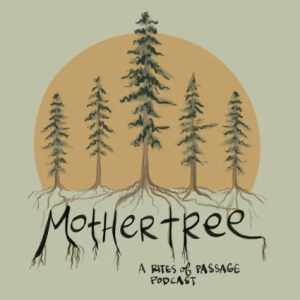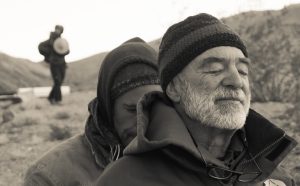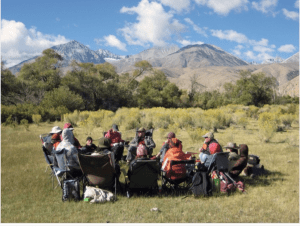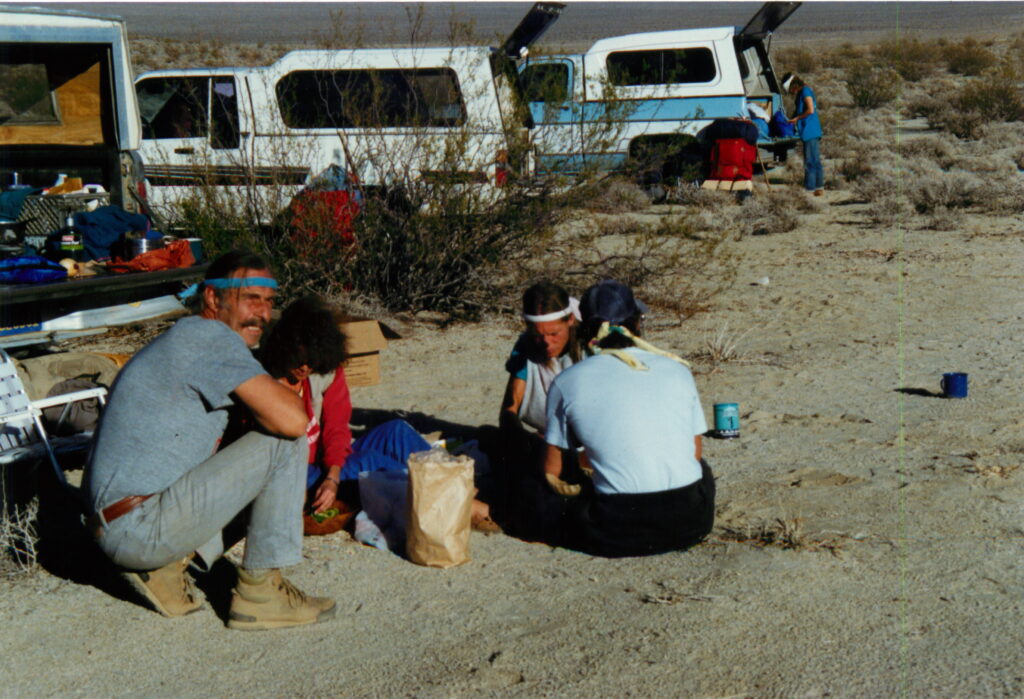
Fasting in the Wilderness
To yield is to be preserved whole.
To bend is to become straight.
To be empty is to be full.
To be worn out is to be renewed.
To have little is to possess.
To have plenty is to be perplexed.
– Lao Tzu, Tao Te Ching –
We do “vision fast work.” That is, we prepare individuals to fast and live alone in the eastern Mohave desert for periods of time up to seven days. We use this word “vision fast” to denote various kinds of wilderness fasts practiced by many diverse ancient cultures, including the Hebrew, Muslim, Buddhist, Hindu, Aborigine, and the North and South American Indian. The kind of vision fast ceremony we owe our allegiance to, like all rites of passage, is composed of three phases: a period of preparation (severance), a period of aloneness and fasting (threshold), and a period of integration after the fasting is over (incorporation). (These three phases were first noted and described by the classic anthropologist, Arnold van Gennep, in 1909). The severance phase is marked by preparations on the physical, mental, emotional, and spiritual levels increasing in intensity as the threshold, or fasting phase, approaches.
Those who accompany us to the sacred mountains of the desert often wonder if they can “go without” for the specified time of their threshold trial. They imagine themselves living alone amid all that emptiness and silence without the solace of food. They become truly aware of the profound role food plays in their life quest for survival. They come to us and ask if there are steps they can take to fortify themselves against what they imagine to be a rather fearful ordeal. Not only do they fear the fast itself, but they also fear exposure to the elements, being without shelter save for that which the landscape naturally provides.
Actually, there are many kinds of fast “preparations,” ranging from the extra fortification of the body with excessive amounts of feel (as practiced by the Paiutes in our valley) to the sophisticated colonic purge and/or meatless, dairyless, vitamin-fortified diets (typical of Yoga or holistic health adherents). In our fifteen years of experience with wilderness fasting, it appears to us that no one way of preparing is any better than any other, that successful preparation seems to depend on the physical and psychological makeup of the individual candidate. We have seen fasters prepare with great care utilizing preparational steps recommended by this or that authority only to return from their threshold experience complaining of cramps, nausea, or violent stomach ache. On the other hand, we have watched prospective fasters do absolutely nothing to prepare themselves and return with triumphant tales of vigor and health with no reports of stomach trouble whatsoever.
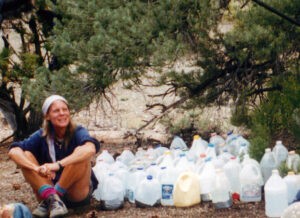
To our way of thinking, there is no pat answer to the question, “How do I prepare?” Rather the question is: “What way feels best to me?” Those who are comfortable with their own way of preparing generally fare better than those who adopt some means of preparing that is, in one way or another, foreign to their nature. There are, of course, certain universals to be found in all preparational methods. For example, traditional preparation for a fast always includes abstention from alcohol, drugs, or other substances that poison or accumulate sludge in the body. The faster must be in good physical condition. There are also taboos against the ingestion of overly rich, exotic, or gluttonous foods. We counsel those who are readying themselves for the threshold to see their preparations as a means of “purifying” (in their own interpretation of this term) their bodies – and by extension their spirits. For that reason we recommend that candidates abstain from eating foods that their experience has told them are likely to build up undigested toxins in their organs, tissue and blood. We consider the fasters themselves to be the best judges of their own physical well being. We do not prescribe any particular regimen for them – except for the stipulation that they be in good physical condition.
Only a very small number of vision fast candidates report real physical distress after four day or even week-long fasts in the desert mountains. Feared physical reactions turn out to be mild encounters with growling, empty stomachs. The fasters discover the resilience and adaptability of their bodies. The fast-monsters they fear turn out to be chimerical. We are reminded of a young psychiatrist returning from his wilderness fast in northern Death Valley just two weeks ago. When we asked how it went, he replied, with a sly smile and a snap of his fingers: “Fasting is a cinch!” In a medical sense, he was absolutely correct in his assessment of his experience. Many doctors have researched the subject for us – and themselves have fasted. Their conclusion bears out the old rule of thumb: If the faster is basically healthy, prolonged fasts (at least up to two weeks) wreak little or no systemic havoc.
There are, however, normal physical symptoms which usually attend fasting. Mild headache, nausea, vertigo, constipation, and feelings of weakness are common. Many of these symptoms can be alleviated, if not eliminated, by the constant intake of pure water. In fact, water seems to be a good remedy for other more complicated fast-related disorders such as urinary tract infections, gastroenteritis, or prostatitis. Hence, we always recommend that the faster have plenty of water at his disposal.
Without doubt, the greatest enemies of a wilderness faster are psychological. One Death Valley spring, a woman returned to us on the second day of her threshold experience, complaining that she could not keep from vomiting. She had long since emptied the meager contents of her stomach and was not retching up green bile. A quick appraisal of her condition revealed that not only had she not been drinking her water (considering its faint plastic taste to be revolting) but she had been feeling great anger toward her husband. A great gorge of rage had risen within her, sickening her with its force. Her way of dealing with the anger was to vomit it up. Badly dehydrated, she responded quickly to water in a slightly different form – with a squeeze of lemon in it. The simplest of non-directive counseling convinced her that there were other ways of expressing her anger. She returned to her threshold vigil restored and ready to cleanse herself with draughts of lemon water and copious symbolic anger-rocks, thrown as far as she could hurl them.
As a ceremonial tool, wilderness fasting is one of humanity’s oldest and finest. The two thousand year old call of the Essene Jesus rings in our ears:
For I tell you truly, except you fast, you shall never be freed from the power of Satan and from all diseases that come from Satan. Fast and pray fervently, seeking the power of living God for your healing. While you fast, eschew the Sons of Men and seek our Earthly Mother’s angels, for he that seeks shall find.
Seek the fresh air of the forest and of the fields, and there in the midst of them shall you find the angels of air. Put off your shoes and your clothing and suffer the angels of air to embrace all your body. Then breathe long and deeply, that the angel of air may be brought within you. I tell you truly, the angel of air shall cast out of your body all uncleannesses which defiled it without and within.
– The Essene Gospel of John
The threshold phase begins when the fast begins and continues until the time the fast is completed. During this phase, the faster is alone and surrounded on all sides by the elements and manifestations of his Earthly Mother. He is vulnerable, psychologically naked, and completely without recourse to anyone except himself and Grandmother Earth. When he puts his pack on his back and sets forth on his wilderness journey, the faster crosses the threshold between anticipating and doing. For modern Americans accustomed to affluence and the convenience of refrigerated foods, this threshold can be frightening. Some have been known to fudge a little – to smuggle in a little food, a small goodie to look forward to some time along the way. They discover that the mere taste of food in their mouth will not requite their hunger; it will stimulate their desire for more. Far better to go completely without than to flirt with going without. Flirting creates the most dangerous consequences, not the least of which is guilt. We have found that our role is not to be either judge or “guilt-easer.” We let the fast hold up the mirror. The faster will see himself reflected in it.
During a wilderness fast certain psychological states find greater east of expression. The psyche is open to orchestration by the elements and rhythms of the natural world. The faster’s environment rushes in to fill the void in the pit of his stomach. His senses begin to eat for him – his eyes to devour, his nose to taste, his mouth to inhale, his ears to swallow, his body to eat “the angel of air.” Sunrise is his meat and noon his wine. The dark wind sets a banquet for him. Although his physical strength gradually wanes, another kind of strength builds within him – the silent, immoveable strength of the stone he sits upon. Even as his knees shake from weakness, his “spirit knees” stand firm like the reed, bending in the wind but not breaking.
Without ballast in his belly, the faster begins to understand what it means to “walk in balance on the Earth Mother,” as Sun Bear puts it, compensating for loss of strength by applying the weight of the spirit. He steps carefully, economically, and in harmony with the terrain. He loses any desire he might have had to run down a scree slope or climb a twenty-foot dry waterfall. He doesn’t venture to far from his chosen fasting-place because he must temper his desire to discover with the need to return in one piece. Because he is not under pressure to get anywhere, he begins to notice what lies in his immediate field of vision. He has time to pause, look, examine, and communicate. Little things begin to catch his eye, anomalies of size, shape, color, function, and species: a piece of white quartz, a freshly dug burrow, a blossoming sage bush, a hairy cactus, a smooth stretch of wash sand, a flake of obsidian, rodent tracks, an ant hill, a belly flower, a pile of coyote scat, the sudden drone of a hummingbird, a trace of owl fluff at the edge of a spiderweb, a methodical stinkbeetle, a lizard doing pushups in the sun, a bunch of native grass, a persistent deer fly, a weathered sagebrush root, a jumble of stones. He walks amid the bounty of Mother Earth and measures these infinite things with his own perceptions, with his own myths and values. His fast teaches him his own “pace,” his own way of composing an itinerary, his own methods of charting a “map” of his experiences.
When he stops to rest, he has nothing to put into his body but water – pure, cascading, pulsing through the clogged canyons of his body like a summer flood. He looks around him. There are no walls, no roof. He cannot sit down with the evening paper and some munchies and enjoy the view. And because he has nothing else to eat, he eats the view. The sheer physicality of the way his body “eats” is one of the great benefits of the fast. He hears his empty belly gnawing on the silence. A cool breeze on a hot day stimulates his taste buds to salivate. He experiences the sensations of “self-cannibalization” as his body also turns inward on itself for food. The shadow of Death nudges his heartbeat up a fraction and engenders a strange feeling of exhaustion or lethargy. His body is reduced to imitating the animal hunger for life that exists in everything around him. His civilized veneer starts to crack. His sacred ancestors, no strangers to fasts such as this, compel him to look down at his hands, dirty and rough from contact with the natural world. He sees how beautiful and mortal they are. He notices the way he occupies space, the signs and marks he leaves behind: his urine stain on a rock, his bootmarks on the sand, the blackened stone from a fire. The earth becomes a single, whole, living entity. He clearly sees that he has no desire to harm or befoul her, or even to leave sign of his passing. Vision fasters have talked of not wanting to leave their tracks – jumping from rock to rock so as to avoid stepping on the ground:
I tell you in very truth, Man is the Son of the Earthly Mother, and from her did the Son of Man receive his whole body, even as the body of the newborn babe is born of the womb of his mother. I tell you truly, you are one with the Earthly Mother; she is in you, and you in her. Of her were you born, in her do you live, and to her shall you return again….For you breath is her breath; your blood her blood; your bone her bone; your flesh her flesh; your bowels her bowels; your eyes and ears are her eyes and ears.
– Essene Gospel of John
Fasting undoubtedly alters the faster’s consciousness, but not in a harmful way. His perceptions sift the momentous from the trivial and accentuate memories, dreams, reflections, fantasies, and intuitions – potentializing self-changes. After a while, meditative states are reached with less effort or preparation. The faster suddenly realizes, with a start, that he has been sitting in one place for an hour or so and cannot account for the time. Apparently, he has been staring off in space, devoid of thought and feeling. He feels renewed and whole. He may not choose to call this empty state “an encounter with God” or a “journey into Self” – but surely it is both.
Knowing what it is like to fast in the desert wilderness, we wait at basecamp and pray for the seeker’s continued enlightenment. We cannot but respect him for what he is doing. Many times his spirit will lie prostrate at the throne of mercy. Many times he will pray from dry lips and gaunt belly. As night falls at basecamp and we eat our dinner (those who are behind eat for those who are fasting), the vision faster will be sitting on a ledge, empty and alone, watching the stars appear one by one. We will watch the stars come out too. But our perceptions will be clouded by conversation and a full belly. We will not be able to see the stars as the faster does.
When the faster enters the third phase of the ceremony – incorporation – he comes again to a severance. Now he is leaving the sacred world of fasting. He must carry the benefits of the fast with him into the routines, pressures, crises, relationships, and all the future trials and tribulations of his civilized life. He must nurture the flame of his purpose and carry its light to the darkest corner. His rebirth into the secular body of the modern world will be accompanied by contractions far more powerful than those he might have experienced on his fast. The confusion and bewilderment of his return can be mitigated by personal preparedness and ceremonial attention to the re-entry process.
Allowing food into his stomach is one of the faster’s most important formal steps in incorporation. The food will literally add weight and substance to his body. Food will tug his soaring spirit back down to earth. For all intents and purposes, he has returned “high” – i.e., in an altered state of consciousness. Much of this high is due to the fasting and aloneness of the threshold phase. Food will gradually bring his state of awareness back to “normal.” He must be made aware of this and counseled to eat accordingly. He may not want to stuff himself full of sweetmeats all at once. If he does he will not only “come down” fast, but he will get a stomachache. On the other hand, he may elect not to eat at all, or to eat sparingly. There are merits to this decision, but it sometimes indicates an unwillingness to return and embrace the struggle for survival in the civilized world.
The value of eating at least a token amount upon returning has to do with eating as a symbol of sharing and communion. In this sense, those the faster eats with represent a “community” or a “fellowship” of individuals who are sharing a life-sustaining and enhancing symbol. During his time of aloneness, the faster may have gone about asking his god to fill the emptiness left by the withdrawal of food from it. In a very real sense, the food that is shared upon returning is symbolic of the spiritual food that sustained and enriched his spirit during his time of wilderness solitude.
When a person returns from a wilderness fast his spirits will probably be running high. He might feel the need to say everything at once. Yet at the same time he will be seeing how imprecise and dissipative words and expressions can be. This is not the best time to “debrief,” “counsel” or “cross-examine” one who has been fasting in natural solitude for four days or more. More appropriately, he can be allowed to express himself in whatever way he wishes. Later, when the experience has found a firm anchor in his psyche, he may wish to speak of his fast in a more ordered or rational manner. Hence it is very important that a faster returning from the wilderness have a companion or sharer who is willing to listen to him and aid him in the resolution or expression of insights, events, epiphanies, etc., that occurred to him while he is alone. It is also important that this sharer possess a good degree of sensitivity to his emotional state. Emotions come very close to the surface during a fast. In fact, if the faster is alone, emotions become pure behavior. Unseen by others, he has been free to do whatever he feels. On the other hand, lacking others to communicate with, his intellectual processes have been suppressed. In the expressions of returning fasters we have found great, vital amounts of expressive energy. Intellect and emotion are equally mixed and bubbling over. We chose to call this expression by the name “vision.”
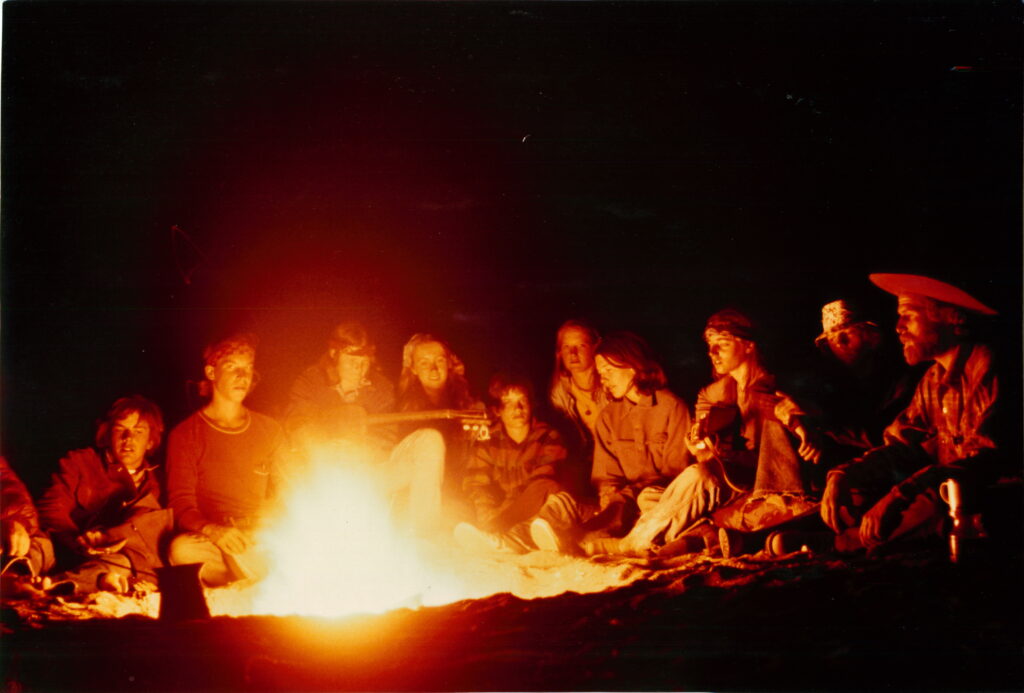
“Vision,” however, is not granted by the powers for a selfish purpose. As the prophet says, “without vision the people perish.” The visionary benefits of wilderness fasting are for the people with whom the faster identifies. If one fasts for reasons other than those which benefit his people, he will return empty-handed and filled with vain words. He will be allowing his people to perish.
Familiar signs and symbols line the road back to civilization. Dine here, drink there, stop and shop, pause for a thrill, fill up on whatever you want. Steps along the way at this or that symbol often provide a returning faster with opportunities to test his balance. How easy it is to overload, to eat too much, to obey the call of old addictions, to buy what is not needed (because everything is offered). A balanced person accepts the plentitude (i.e., does not scorn its existence), is not seduced by it, and does not fall into deep remorse if he makes a mistake. As he incorporates within the gross body of the human world, he must make a distinction between “want” and “need.” He can do this with a finer sense of discrimination now that he has endured the solitude of a wilderness fast.
The first weeks of incorporation phase are most critical. The faster takes on his civilized body again. He must enter the bodies of his home, family, spouse or partner, work, and other routines. He must take up the day-to-day business of survival. His machines await him, their tanks to be fueled. His electronic gizmos crowd around him, their buttons pleading to be pushed. The phone starts asking to be picked up and talked to. The well being of the refrigerator and the contents of the newspaper again become matters of concern. As one enters the freeway from an on-ramp, so the faster re-enters the mainstream of his life.
Then the time comes when he realizes that he has just pressed the light switch without being aware that night has come. He wonders if it was a beautiful sunset. He kicks himself for being so forgetful, so unobservant, so preoccupied with the people, problems and events of his life. He tries to recapture the sunrise moments of his wilderness fast and discovers that he cannot remember details. He wonders if all the important little lessons of the fast have been lost. He wonders if every memory will be swept away by time and exigency. As the days pass, his fears give way to certitude. He is forgetting a great deal: not just the details of it, but the exhilaration, the sense of power, energy and purpose – the vision – he felt when he returned.
The depression is almost predictable. Few wilderness fasters have been able to avoid it. When they hit bottom, they don’t just feel a little under the weather; they hit bottom. They question the meaning of their life quest and doubt their ability to take good care of themselves, let alone their people. They wonder whether they have grown even an inch in spiritual or emotional stature. The same old dragons seem to be thronging about them. Have they merely circled back to where they were before the fast began?
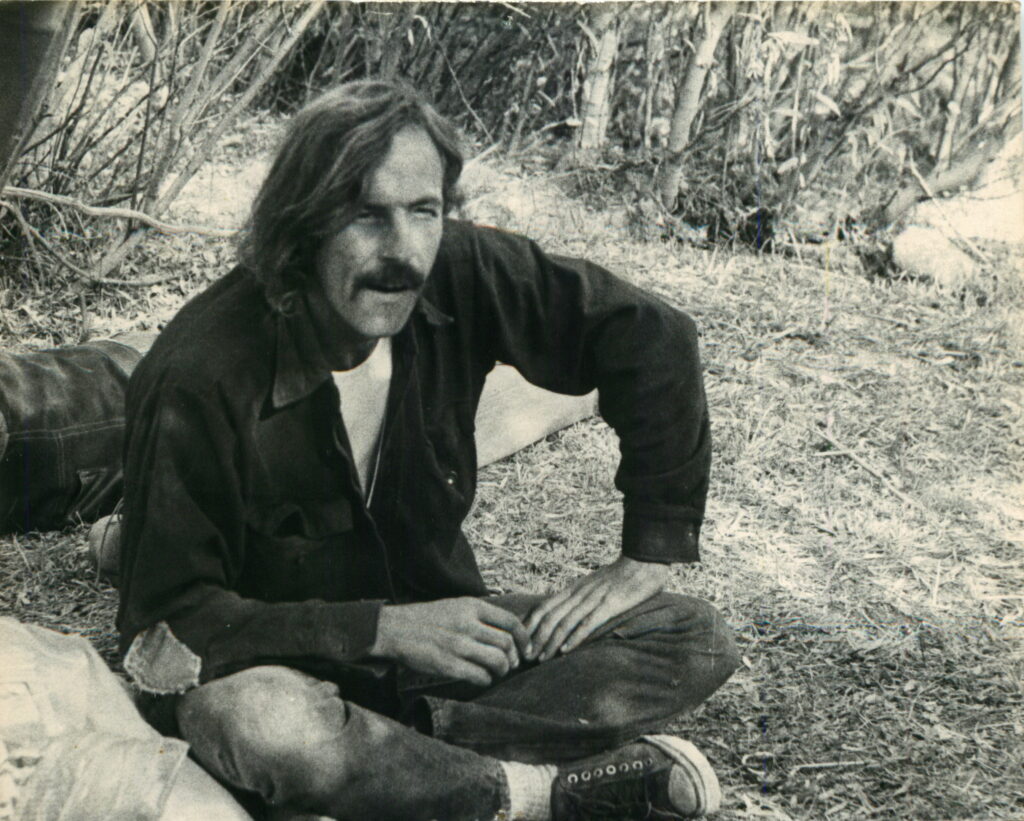
When one has tumbled into a “slough of despond,” all life seems drowned in the murky waters. One tends not to see that there are also times of great clarity and illumination. Life is experienced in rhythms and cycles, according to little-known laws of human nature. We do know that every ascent of a mountain is followed by a descent, with lots of hiking in between. Even as night follows day, so day follows night. Every spiritual tradition teaches the inevitability, the necessity, of the emptiness that follows fullness. The yogi tells his disciples, “After samadhi, we sweep the floor.” A faster cannot be incorporated into the body of his vision with his head in the clouds. He will fail to see the dust seeping through the cracks or the dirty dishes piling up in the sink. Dreams and visions will not clean the house or put food on his table. No doubt, however, his vision will bring him many floors to sweep.
The task of the incorporating faster is to seek his vision through the many roles and routines of his life. In a very real sense, he returns to a world of his own making. He can kick and scream but that will not change the condition of his return – conditions that are mirrored by his own psyche. If he does not like what he has returned to, the outward conditions will not change until he himself has changed. This change will not come about unless he has “squared himself” with what he has already done. Hence, a wilderness fast involves making a bridge of oneself (across the chasm of the threshold) from a world already made to a world ready to make.
Share This
Related posts


